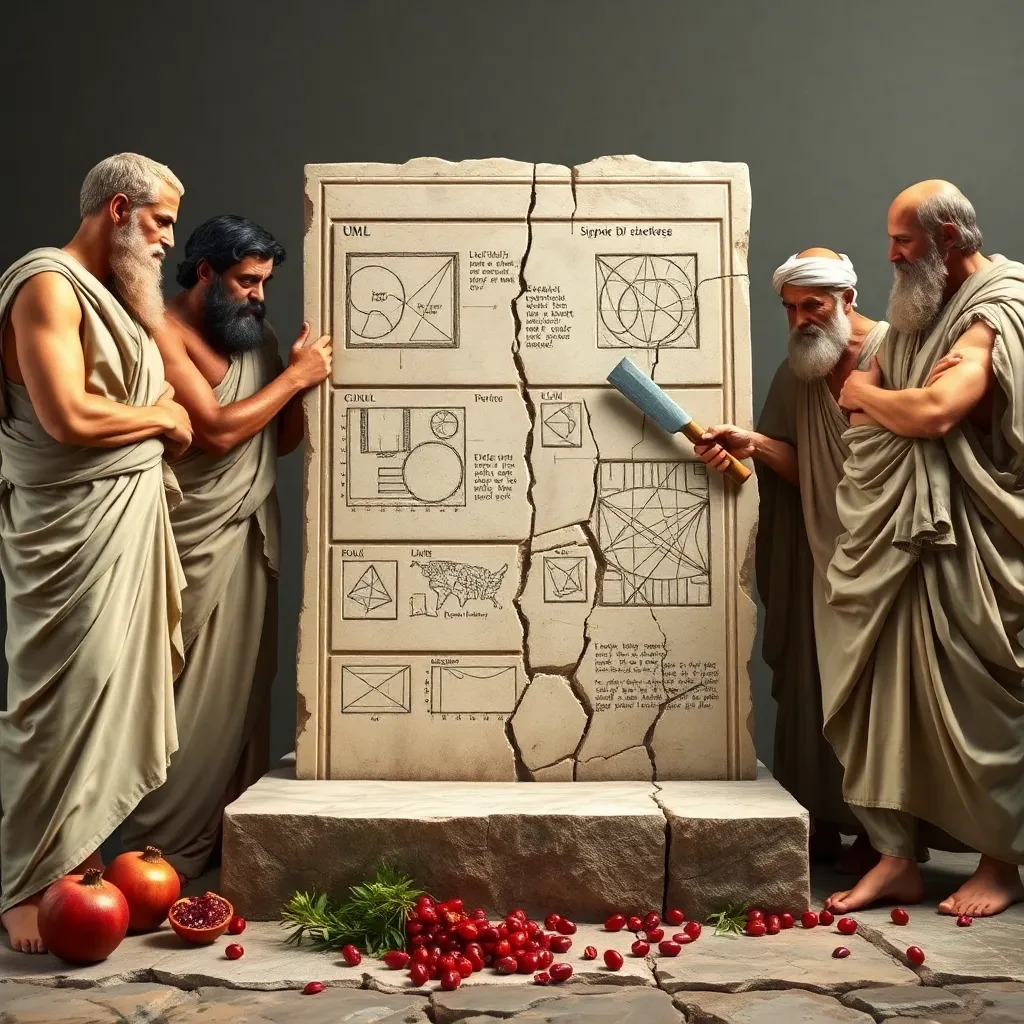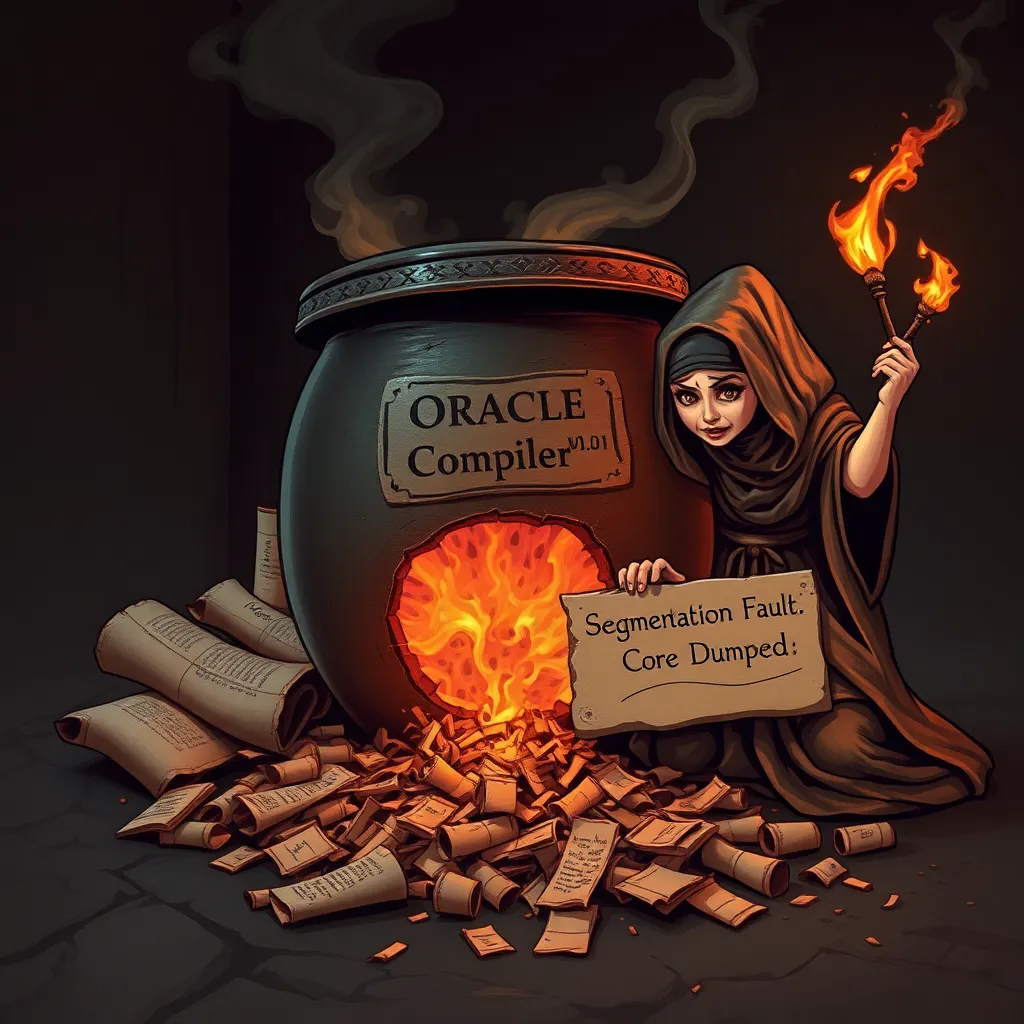Historians at the University of Athens announced today the staggering discovery of clay tablets buried beneath the Parthenon’s foundation, revealing that Socrates, Plato, and Aristotle had not only conceptualized object-oriented programming (OOP) in 384 BCE but also drafted comprehensive UML diagrams using olive oil and crushed pomegranate seeds. The breakthrough, published in the Journal of Anachronistic Tech Archaeology, confirms that ancient Greece’s philosophical golden age was actually a desperate struggle against Bronze Age hardware limitations.
According to lead researcher Dr. Elpenor Thespius, the tablets describe "encapsulation" as "the sacred separation of a philosopher’s wisdom from his sandals" and "inheritance" as "the unavoidable burden of one’s father’s questionable pottery business." Tragically, the Greeks abandoned OOP development after realizing their marble tablets couldn’t handle polymorphism without shattering. "They’d carve a 'Socrates' class with methods like .questionAssumptions() and .drinkHemlock()," Thespius explained, "but adding a .teachPlato() subclass would cause the stone to fracture. The Acropolis became a graveyard of half-chiseled 'interface' declarations."
The discovery explains previously misunderstood historical quirks. Plato’s Allegory of the Cave? Merely a frustrated metaphor for null pointer exceptions. Aristotle’s Nicomachean Ethics? An abandoned documentation draft for a "Virtue" abstract class. Most damningly, the Oracle of Delphi’s famously cryptic prophecies were revealed to be compiler error messages. "Beware the wooden horse" was actually a warning about buffer overflow vulnerabilities, while "know thyself" was a desperate plea for proper self-referential object instantiation.
Critics argue the Greeks were doomed by their insistence on using physical objects as literal objects. "They’d try to 'instantiate' a chariot by building an actual chariot," scoffed MIT computational historian Dr. Ada Lovelace VII. "Then they’d spend weeks arguing whether the chariot’s wheels should inherit from 'Circle' or 'WoodenDiscWithHoles.'" Evidence suggests Socrates’ execution was directly tied to a critical bug: his "Mortal" class failed to override the .avoidHemlock() method from the "AthenianCitizen" superclass.
The team now theorizes that Alexander the Great’s empire collapsed because his generals tried to implement distributed OOP across conquered territories. "Each satrapy kept overriding the .payTaxes() method," Thespius sighed. "The codebase became unmaintainable. Hence the Dark Ages." Modern developers are urged to heed this cautionary tale: "Your IDE won’t shatter if you mess up inheritance," he warned, "but your career might."


